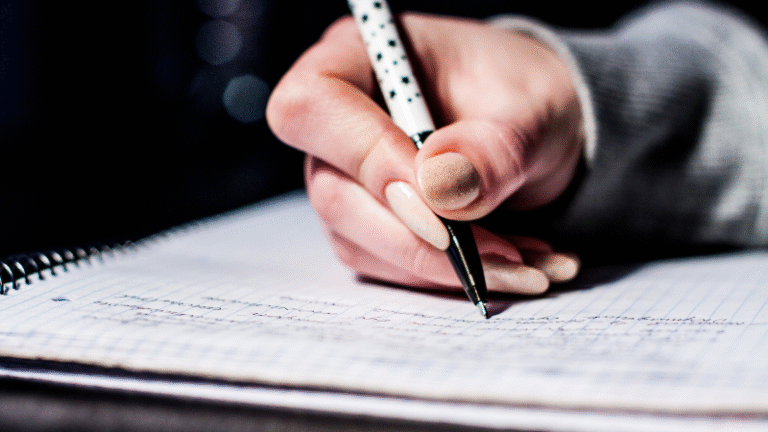The image mc005-1.jpg—though unseen here—invites us to imagine. It holds a pattern, a rhythm, a hidden melody. Our task is to listen closely, to recognize the heartbeat in the numbers, and to write it down in the language of recursion.
Recursive rules are not just formulas. They are poetry disguised as mathematics. They tell us: to know what comes next, you must remember what came before. Isn’t that the essence of life itself?
What is a Sequence in Mathematics?
Defining Sequences
A sequence is more than numbers—it is order. A list where position matters, where each number carries the weight of those before it. In math, we write them as a1,a2,a3,…a_1, a_2, a_3, \ldots, each symbol a stepping stone across an infinite river.
Why They Matter
Sequences help us model growth, decline, and repetition. They are the skeleton of patterns we see in nature: petals on flowers, spirals in shells, the rise and fall of breaths. Without sequences, numbers would be scattered stars. With them, they form constellations.
Explicit Rule vs Recursive Rule
The Difference Explained
An explicit rule gives you the direct formula for the nn-th term, a shortcut that jumps ahead without asking for history.
A recursive rule, however, insists that each step matters. It defines the next term based on the previous one (or more).
-
Explicit: “Tell me the 10th number directly.”
-
Recursive: “To find the 10th, trace the steps from the 1st through the 9th.”
When to Use Each
Explicit formulas are efficient. Recursive rules are intimate. They mirror how life unfolds—day by day, each tomorrow built upon today.
The Heart of Recursion
Understanding Step-by-Step Growth
Recursion is not about shortcuts. It is about relationship. Each number depends on its ancestor. Like family trees, traditions, or memories, recursion reminds us: we are never alone; we are connected.
The Beauty of Dependency
This dependency is not weakness but beauty. It makes sequences alive, breathing, moving with continuity. Where explicit rules stand aloof, recursion bends close, whispering: remember where you came from.
Interpreting mc005-1.jpg (Imagined Sequence)
Visualizing a Numerical Pattern
Although we cannot see the image, let us imagine. Perhaps it shows a sequence like 2, 4, 6, 8… or 3, 9, 27, 81… Each has a rhythm. One walks in steady steps, the other leaps in multiplication.
Seeking Its Rhythm
Whatever the actual numbers, the goal remains: find the pulse, translate it into a recursive form. It’s less about memorization, more about listening to the language the sequence speaks.
How to Write a Recursive Rule
General Steps and Logic
-
Identify the type of sequence (arithmetic, geometric, or irregular).
-
Write the first term (a1a_1)—the anchor.
-
Define how each next term is built from the previous one.
For example:
-
Arithmetic: an=an−1+da_n = a_{n-1} + d
-
Geometric: an=an−1⋅ra_n = a_{n-1} \cdot r
Anchoring the Base Case
Without a beginning, recursion collapses. The base case is the match that lights the candle, the seed that grows the tree.
Example: Arithmetic Sequence Recursive Rule
Formula and Explanation
Suppose the sequence is 2, 5, 8, 11…
-
Base case: a1=2a_1 = 2
-
Recursive rule: an=an−1+3a_n = a_{n-1} + 3
Poetic View of Steady Growth
Here, the numbers march in discipline, each one three steps ahead of the last. It is like footsteps on sand, leaving a trail both predictable and comforting.
Example: Geometric Sequence Recursive Rule
Formula and Explanation
Suppose the sequence is 3, 6, 12, 24…Write a recursive rule for the sequence. mc005-1.jpg
-
Base case: a1=3a_1 = 3
-
Recursive rule: an=an−1⋅2a_n = a_{n-1} \cdot 2
The Echo of Multiplication
This sequence does not walk—it leaps. Each term doubles, like echoes bouncing off canyon walls, each louder and more powerful. It is exponential poetry.
Complex Patterns and Their Recursive Nature
Beyond Simple Arithmetic and Geometric
Not all sequences fit neat boxes. Some combine rules, skip steps, or twist unpredictably. Recursion handles these too, weaving custom relationships:
Example: Fibonacci sequence. Write a recursive rule for the sequence. mc005-1.jpg
-
a1=1,a2=1a_1 = 1, a_2 = 1
-
Recursive rule: an=an−1+an−2a_n = a_{n-1} + a_{n-2}
The Poetry of Irregular Patterns
These are like free-verse poems—unexpected, yet still carrying rhythm. Each term whispers to its ancestors, even if the conversation is more complex.
The Base Case: The First Spark
Why Starting Points Matter
The base case is sacred. Without the first note, the song cannot begin. Without the first step, the journey has no path. In recursion, this spark defines the universe of the sequence.
Philosophical Reflections
Isn’t life the same? We all have a base case—the moment we began. And every step since has been recursive, building upon what came before.

